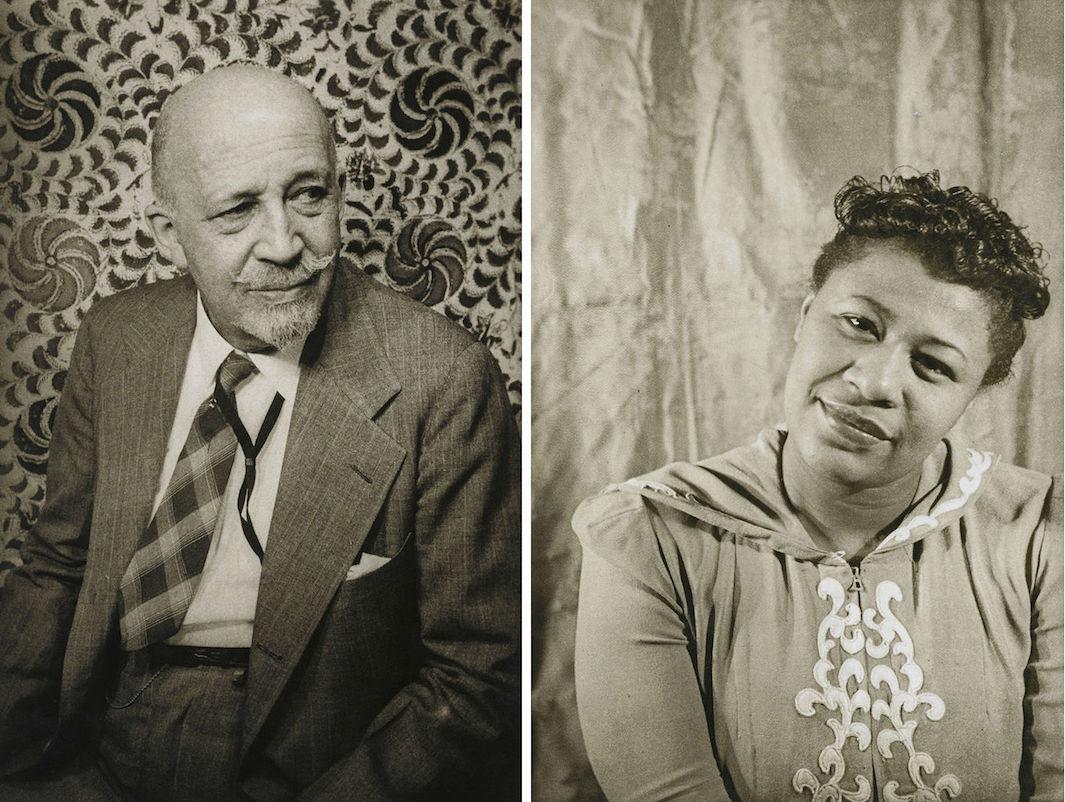How did Carl Van Vechten—a white man from Cedar Rapids, Iowa, and a latecomer to photography—become the premier portraitist of the Harlem Renaissance’s black luminaries?
It took a slightly confounding combination of social climbing, strategic spending, and a passion for the subject matter. Van Vechten arrived in New York in 1906 and soon started working as a music and dance critic for the New York Times. During the 1920s, he found booming Harlem enthralling and quickly went about befriending and championing some of the movement’s most famous figures. While his patronage and enthusiasm earned the trust and allegiance of many of them, more than a few were wary of him, in no small part because of his controversial 1926 novel, Nigger Heaven, designed as a tribute to contemporary Harlem.
It might not be exactly clear if his involvement with black artists constituted, as the New York Times’ Luc Sante put it, “nothing more than a kind of cultural tourism,” or whether, as the New Yorker’s Kelefa Sanneh speculated, “he was far more loyal and earnest than he sometimes pretended to be.” But by the time he started making portraits in 1932, there was no question about the ferocity of his desire to be a part of their world. He considered photography “probably the most fascinating of the arts,” and he was determined to use it to capture the most fascinating people he knew.
“Van Vechten’s intentions with photography were different from those of his writing, which he’d abandoned by the time he took up the camera. African Americans were among the social milieu in which he circulated, and he photographed notable figures of American modernism as well as their African American counterparts. It’s their inclusion, at a time when exclusion was the norm, that makes his project so singular,” said John Jacob, the McEvoy family curator for photography at the Smithsonian American Art Museum, via email.

Transfer from the National Endowment for the Arts. Photograph Copyright Van Vechten Trust; Compilation/Publication Copyright Eakins Press Foundation.
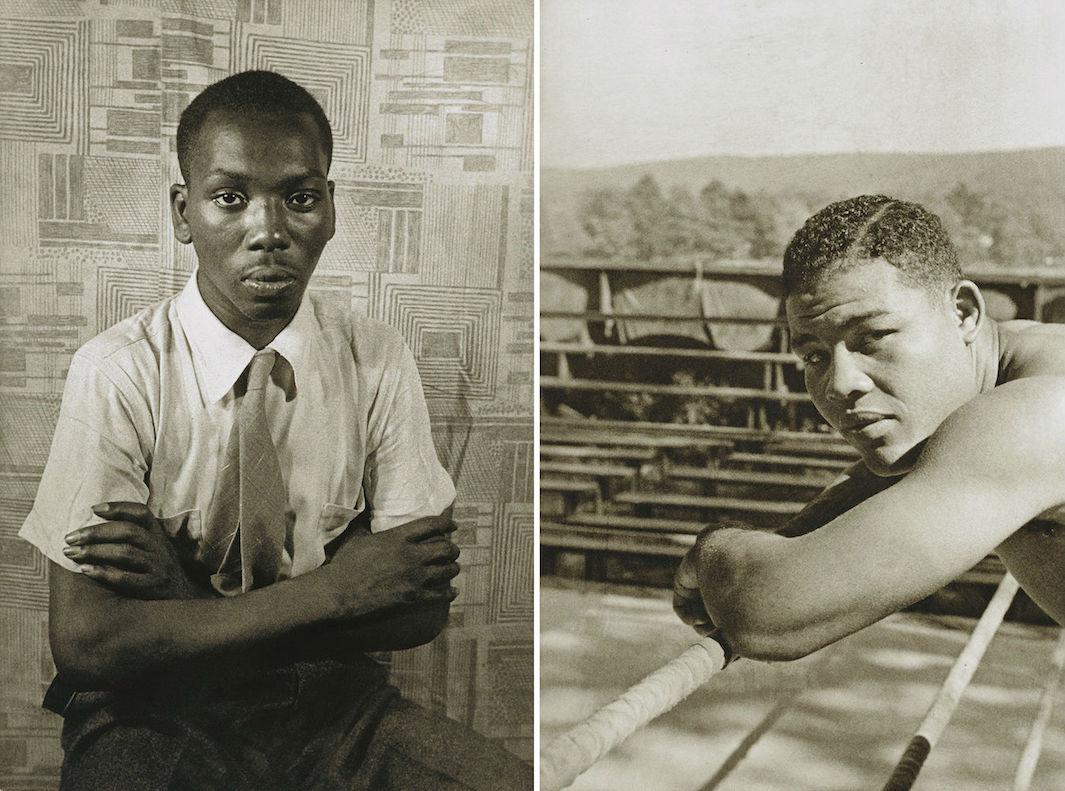
Transfer from the National Endowment for the Arts. Photograph Copyright Van Vechten Trust; Compilation/Publication Copyright Eakins Press Foundation.
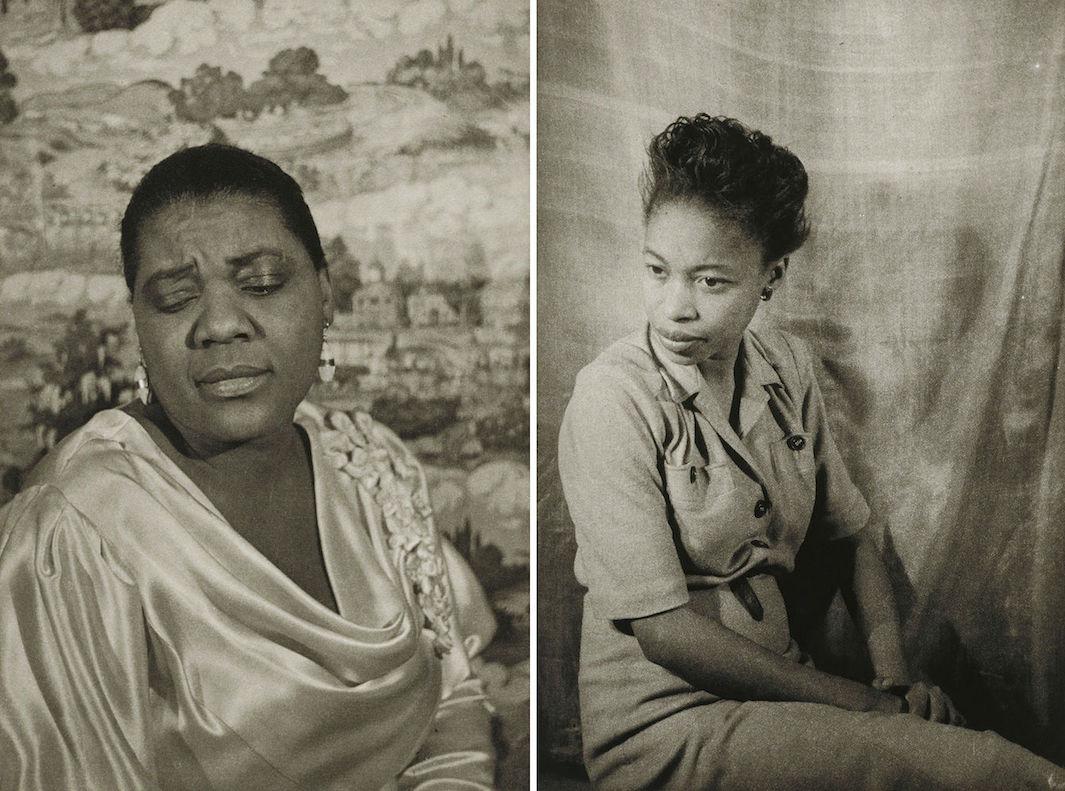
Transfer from the National Endowment for the Arts. Photograph Copyright Van Vechten Trust; Compilation/Publication Copyright Eakins Press Foundation.

Transfer from the National Endowment for the Arts. Photograph Copyright Van Vechten Trust; Compilation/Publication Copyright Eakins Press Foundation.
The exhibition Jacob curated, “Harlem Heroes: Photographs by Carl Van Vechten,” which is on display at the Smithsonian American Art Museum in Washington from Aug. 26 to March 19, is a testament to a divisive but undeniably distinct cataloguer of a vital moment in American culture. Indeed, according to Jacob, Van Vechten’s specific position—as both an insider and an outsider—made his portraits of even the most widely photographed figures unique.
“Van Vechten’s relationship to his subjects was intimate. His portraits are posed, but they’re close-up and direct, focusing on the facial and bodily expressions of his subjects. His proximity was made possible by using a hand-held camera, infusing the conventionality of studio portraiture with the intimacy of the snapshot,” Jacob said.
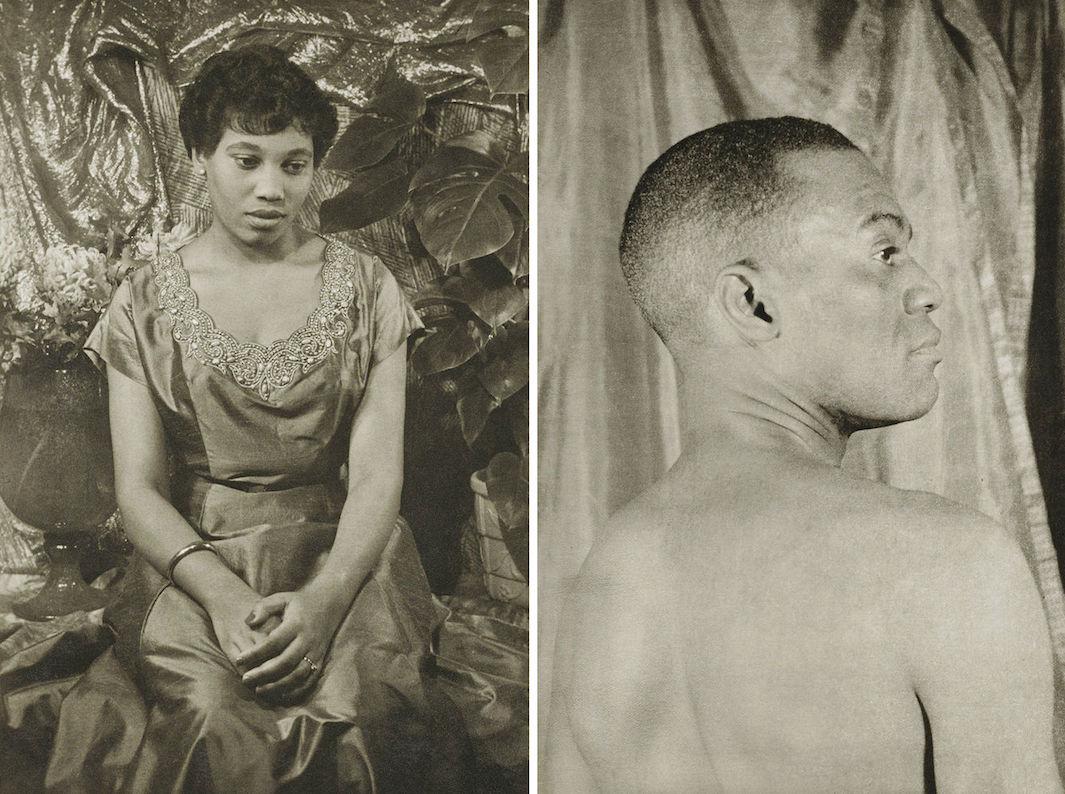
Left: Leontyne Price, 1952. Right: Bill “Bojangles” Robinson, 1941.
Transfer from the National Endowment for the Arts. Photograph Copyright Van Vechten Trust; Compilation/Publication Copyright Eakins Press Foundation.
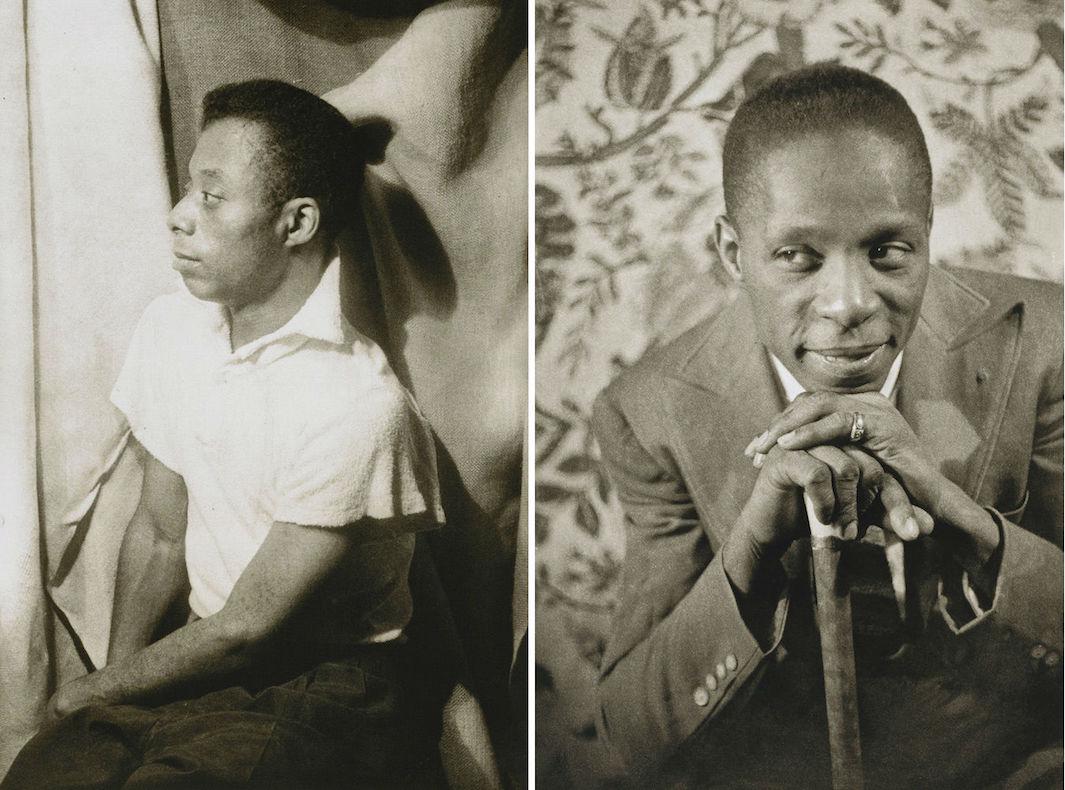
Left: James Baldwin, 1955. Right: John W. Bubbles, 1935.
Transfer from the National Endowment for the Arts. Photograph Copyright Van Vechten Trust; Compilation/Publication Copyright Eakins Press Foundation.
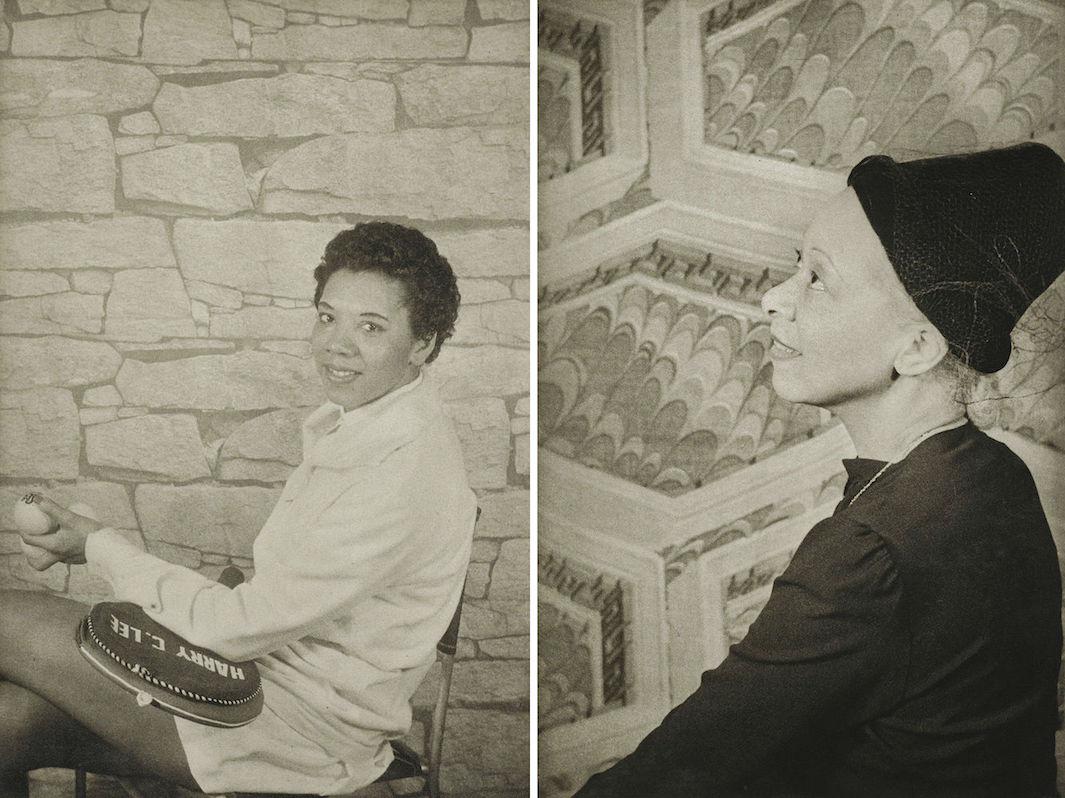
Transfer from the National Endowment for the Arts. Photograph Copyright Van Vechten Trust; Compilation/Publication Copyright Eakins Press Foundation.
